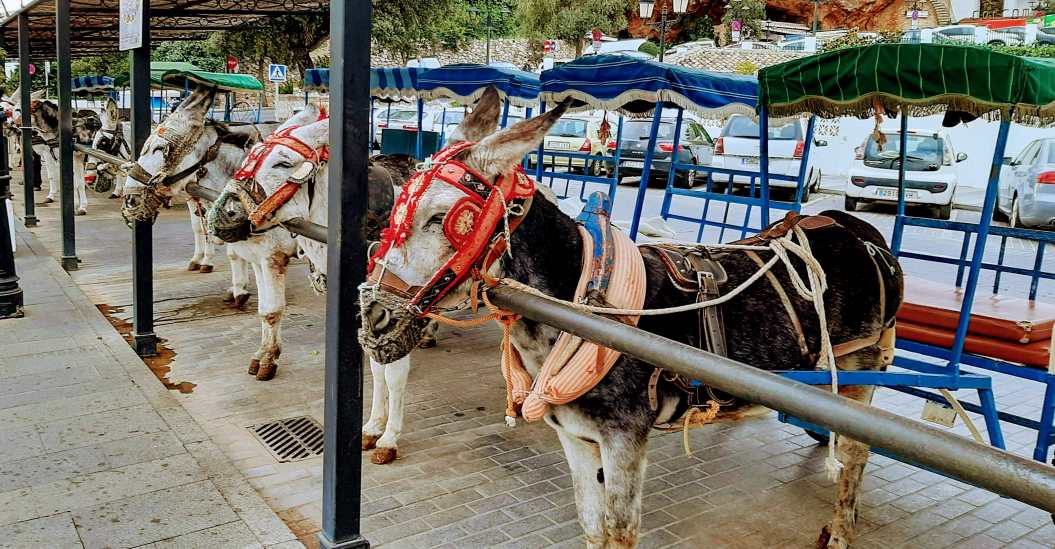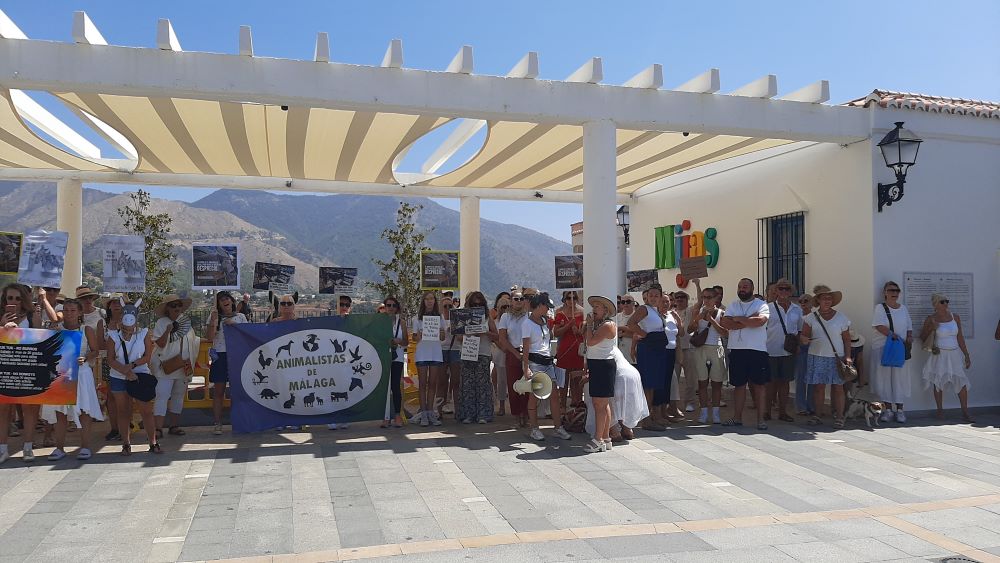Huddersfield ex-pat BRIAN HAYHURST reports from the Costa del Sol
I endorse the recent report from the World Economic Forum, that the Spanish health system is the most efficient in Europe, and is amongst the top nations in the world.
Having used the health care system here quite a lot as the years tick by, I was challenged this month to get care as we went for a break in Huddersfield.
Heading towards the taxi taking us to Malaga airport for a couple of weeks in our home town of Huddersfield, I began to feel unwell. My wife Elaine asked: “Do you think we should go?”
I was determined to seek relief from the stifling heat, even then at 7am. We did the flight, which for me was excruciating, as later I was diagnosed with an infection.
On putting our case down, Elaine insisted on getting medical help and rang 111 at first, but was transferred to 999.
Having no doctor registered, an ambulance took me to Huddersfield’s brand new A&E department. After some delays it opened three months ago.
I was immediately impressed with the clean and efficiently run areas, and a visual update system before being called.
I found this new wing immaculate and, along with the 30 others there, I was well cared for, although the metal bench seating was numbing after a while!
I am sure all A&E departments are busy worldwide, and I have frequently been to the Marbella A&E with people, to find it swamped with unfortunate patients. On one occasion we waited for 12 hours!
In Huddersfield I was seen by various medical staff, all showing concern for the agony I was enduring. It took five hours to be processed and I was sent away clutching antibiotics which, after 14 days, cleared up my pain.

Meanwhile back on the Costas, we attended a protest by around 120 people, all expressing anger and disgust at what they saw as cruelty towards the Mijas Pueblo donkeys being made to carry holidaymakers around the village in exhausting heat.
The now famous donkeys were first brought to Mijas during the Roman occupation of southern Spain. They were employed to transport marble from the quarries into Fuengirola and then return up a steep, 9km long hill with fish from the port.
When the first tourists discovered this beautiful village in the early 60s they saw these wonderfully loyal donkeys on the streets and asked for rides giving owners tips.
The first to spot a business opportunity were the Nunez brothers, who set up rides for tips. These tips amounted to more in one day than could be earned in a whole month doing back-breaking work in the fields.






Currently there are 69 family-owned donkeys registered by Mijas Town Hall which, they say, is responsible for the animals’ welfare and introduced controls which govern the times etc the donkeys are allowed to work.
But after Thursday’s heated demonstration there were several riding trips undertaken around the village in stifling temperatures at 3pm when these weary animals should legally be resting.
At the protest meeting several expressed disgust at the appalling way the donkeys were treated being tied up all day, then taken to stables.
What the group want is tighter regulation of the time donkeys spend in the sun, more checks by vets and more time out in the grass meadows.
It would have been useful to hear from a donkey owner and a Town Hall official.
READ MORE: Brian Hayhurst writes regularly for Huddersfield Hub. Catch up on his previous blogs HERE

















